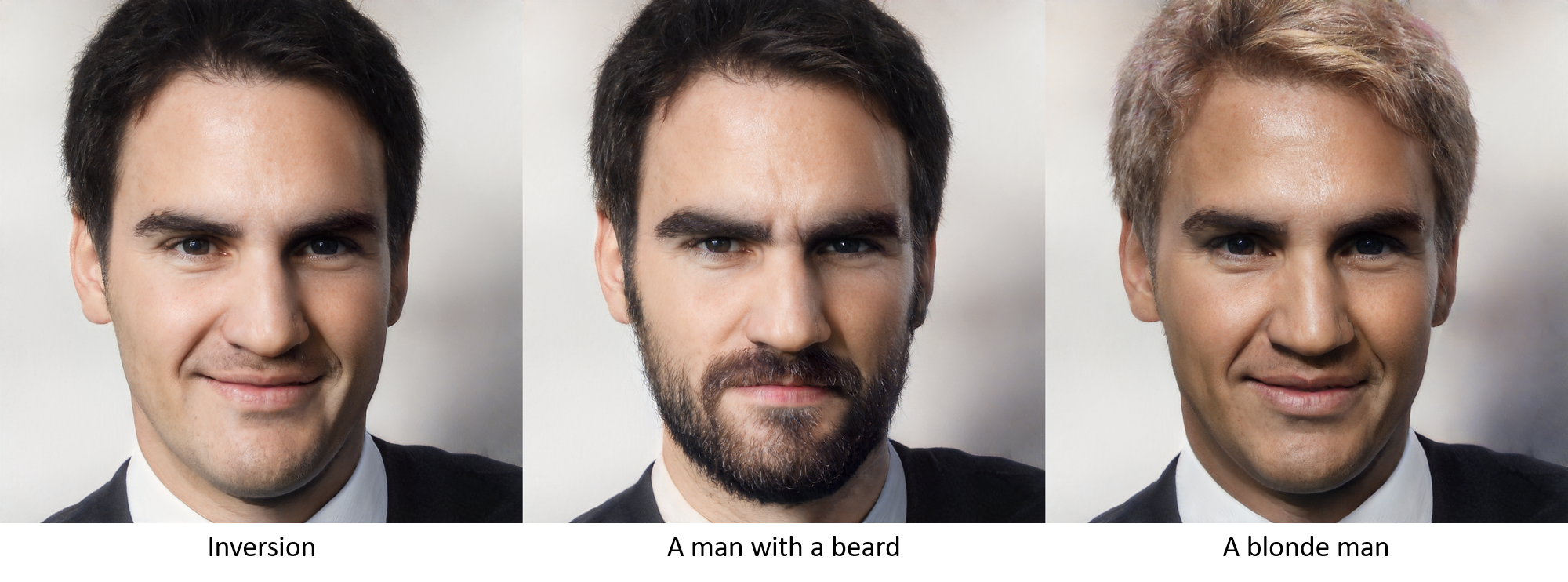orpatashnik / Styleclip
Labels
Projects that are alternatives of or similar to Styleclip
Text-Guided Editing of Images (Using CLIP and StyleGAN)
This repo contains a code and a few results of my experiments with StyleGAN and CLIP. Let's call it StyleCLIP. Given a textual description, my goal was to edit a given image, or generate one. The following diagram illustrates the way it works:
In this example, I took an image of Ariana Grande, inverted it using e4e, and edited the image so Ariana will look more tanned, using the text "A tanned woman". To keep the image close to the original one, I also used a simple L2 loss between the optimized latent vector and the original one.
I tried to apply edits that cannot be done with common traversal in latent space, for example, using celebs names as target direction (see below)! I hope you can be more creative.
Try, it is really fun. (Hope you will enjoy it like I did!)
Editing Examples
Here are some examples, and first of all, some manipulated images of myself :) The description I used to obtain each edited image is written above or below it.
And now a few celebs. The description I used to edit each image is written below it.
Setup
The code relies on the official implementation of CLIP, and the Rosinality pytorch implementation of StyleGAN2. Some parts of the StyleGAN implementation were modified, so that the whole implementation is native pytorch.
Requirements
- Anaconda
- Pretrained StyleGAN2 generator (can be downloaded from here)
In addition, run the following commands:
conda install --yes -c pytorch pytorch=1.7.1 torchvision cudatoolkit=<CUDA_VERSION>
pip install ftfy regex tqdm
pip install git+https://github.com/openai/CLIP.git
Usage
Given a textual description, one can both edit a given image, or generate a random image that best fits to the description.
Both operations can be done through the main.py script, or the notebook.
Editing
To edit an image set --mode=edit. Editing can be done on both provided latent vector, and on a random latent vector from StyleGAN's latent space.
It is recommended to adjust the --l2_lambda according to the desired edit.
From my experience, different edits require different values of this parameter.
Generating Free-style Images
To generate a free-style image set --mode=free_generation.





